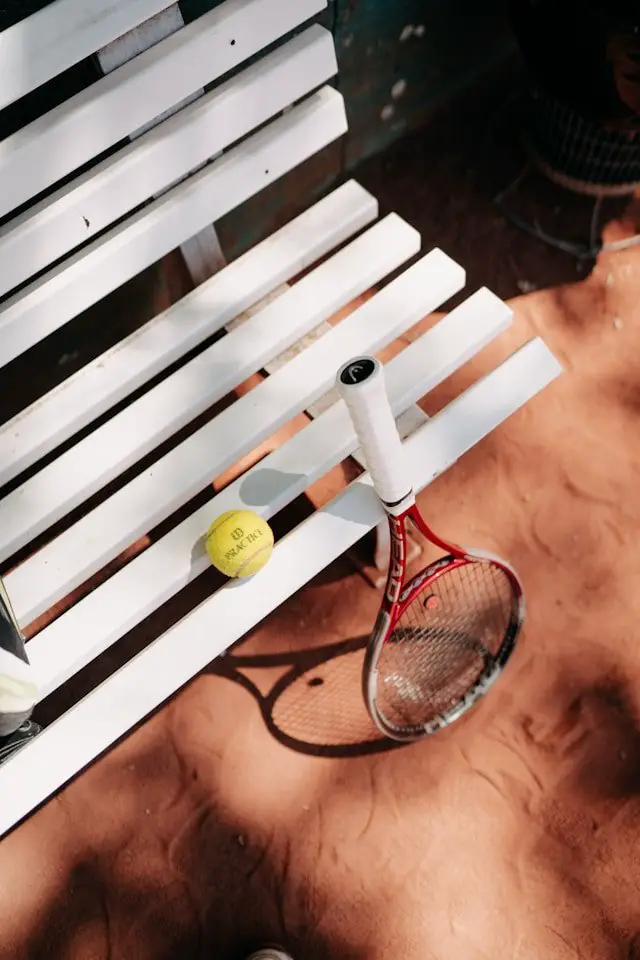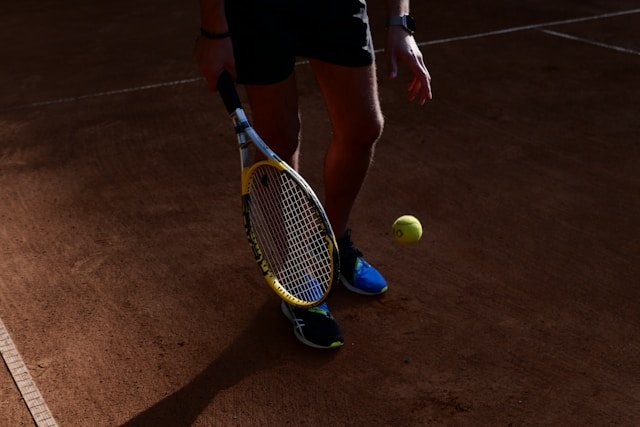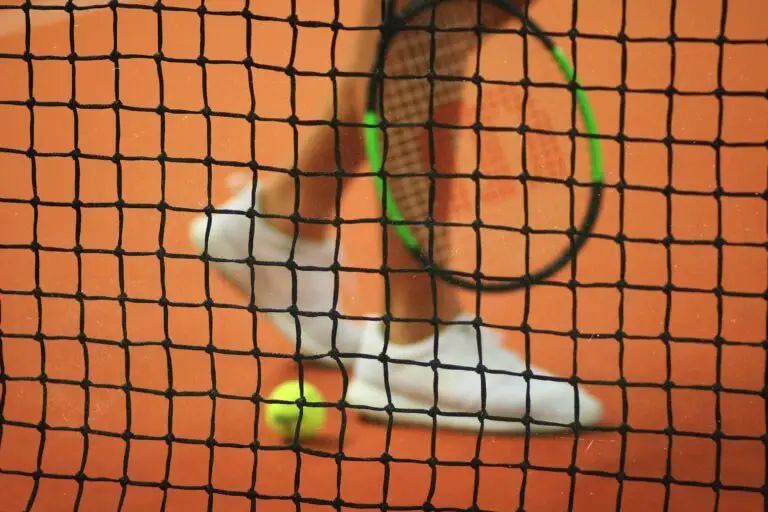How to Choose a Tennis Racket (Without Having a Mental Breakdown)
So, you’ve decided to get into tennis—or maybe your ancient hand-me-down racket is finally on its last string (literally). Either way, it’s time for a new one. You go to the store, feeling confident… and then BAM—shelves and shelves of rackets that all look the same but claim to be “game-changing.”
What the heck does “midplus head, 285g unstrung, 16×19 string pattern” even mean?
Don’t panic. I got you. Let’s break this racket chaos down in plain English—no jargon, no fluff, and no pressure to buy the $300 pro model unless you’re trying to cosplay as Novak Djokovic.
📖 Get Access to 50+ Printable Smoothie Recipes Instantly! 🖨️
Boost your health with delicious smoothies! These easy-to-follow printable recipe eBooks are perfect for detoxing, fitness goals, and tasty plant-based living. Available for instant download on Etsy! 🌿✨
🎾 First: Who Are You on the Court?

Before we even talk specs, ask yourself: what kind of player are you (or want to be)?
Be honest:
- Total beginner? (aka “I just wanna hit the ball over the net.”)
- Casual weekend warrior? (You play for fun but still want to win sometimes.)
- Intermediate boss-in-training? (You’ve played for a bit and want to level up.)
- Aspiring tennis god? (Alright, Federer, calm down.)
Your experience level will massively affect your racket choice. Buying a pro-level racket as a newbie is like buying a Ferrari when you still haven’t figured out how to drive stick.
🔍 The 5 Big Racket Specs You Actually Need to Know
Let’s skip the nerdy deep dive and stick to what matters. These are the main things to look at when choosing your racket:
1. Head Size – Bigger Isn’t Always Better… but Sometimes It Is
- 100–110 sq in = Beginner friendly
- More forgiveness. Bigger sweet spot. Less chance of missing and looking like a goober.
- 97–100 sq in = Intermediate/Advanced
- More control, but you’ll need better technique.
TL;DR: If you’re new, go bigger. It’s like using bumpers in bowling. No shame in it.
2. Weight – Are We Lifting or Playing Tennis?
- Light (9–10 oz): Easy to swing, less tiring. Perfect for beginners.
- Medium (10–11.5 oz): Balanced. Good for players getting serious.
- Heavy (11.5+ oz): Control-focused. Feels powerful but punishes bad form.
Pro tip: If it feels like you’re swinging a frying pan… it’s too heavy.

3. Balance – Not Just for Yogis
This is where things get weird-sounding. You’ll hear:
- Head-heavy: More power. Good for baseline players who like smacking the ball from the back.
- Head-light: More control and maneuverability. Better for volleys and quick reactions at the net.
- Even balance: Middle ground. Solid for all-around play.
If you’re a beginner, don’t overthink this. Just pick something even or slightly head-light.
4. Grip Size – Yes, It Matters (A Lot)
If the grip’s too small, your hand will cramp. Too big? You’ll lose control (and possibly your racket mid-serve… yikes).
To find your size:
- Hold the racket like you’re shaking hands with it.
- Stick your index finger of your non-hitting hand in the gap between your fingers and palm.
If it fits snugly? Congrats, that’s your grip. If it’s too tight or too loose? Try again.
Most adults use 4 3/8″ or 4 1/4″. When in doubt, size down. You can always add an overgrip.

5. String Pattern – The Sneaky Stat No One Talks About
Yep. The holes in the strings matter.
- Open pattern (like 16×19): More spin, more power. Strings may wear out faster.
- Tight pattern (18×20): More control, less spin. Great for precision.
Are you a topspin junkie or more of a slice-and-dice player? If you’re not sure what that even means, go with 16×19 and call it a day.
🛒 Okay, So What Should You Actually Buy?
Here’s a quick cheat sheet of recommendations based on your vibe:
👶 Beginner
- Head Size: 100–110 sq in
- Weight: Light (9–10 oz)
- Balance: Even or head-light
- Bonus: Look for rackets labeled “Game Improvement” or “Beginner Friendly”
Brands to check:
- Babolat Boost
- Wilson Clash 108
- Head Ti S6 (light and super forgiving)
🧠 Intermediate
- Head Size: 98–100 sq in
- Weight: Medium (10.5–11.5 oz)
- Balance: Head-light for more control
- You want: Better feel, more precision, but still some forgiveness
Try these:
- Wilson Blade 98
- Babolat Pure Drive
- Yonex Ezone 100

🔥 Advanced
- You already know what you like, and you’re probably just here to judge this post. 😏
But if you’re curious: - Head Size: 95–98 sq in
- Weight: 11.5 oz+
- Balance: Head-light
- String pattern: Depends on your play style
Fan faves:
- Wilson Pro Staff
- Babolat Pure Strike
- Head Radical Pro
⚠️ Common Racket-Picking Mistakes (So You Don’t Make Them)
- Choosing what the pros use. Serena’s racket might be iconic, but unless you’re also Serena… maybe don’t.
- Going too heavy too fast. “I’ll grow into it!” is not a thing here. You’ll grow into injuries.
- Ignoring demo options. Most tennis shops let you test rackets. DO IT. You wouldn’t marry someone after one photo—why commit to a racket like that?
- Getting hung up on brand loyalty. Just because your friend swears by Wilson doesn’t mean it’s your match made in tennis heaven. Explore a little. Date around. 😉
🎯 Final Thoughts: It’s Not That Deep (But Also Kind of Is)
Yes, there’s a lot of info. Yes, tennis nerds love to argue about stiffness ratings and swing weights like it’s Game of Thrones. But you? You just want a racket that feels good, doesn’t wreck your arm, and makes you want to play more.
Pick one that matches your level. Try it. And if it feels right? Boom. That’s your racket.
Oh—and don’t forget to actually string it. Unstrung rackets are like empty pizza boxes: full of potential but mostly useless.



